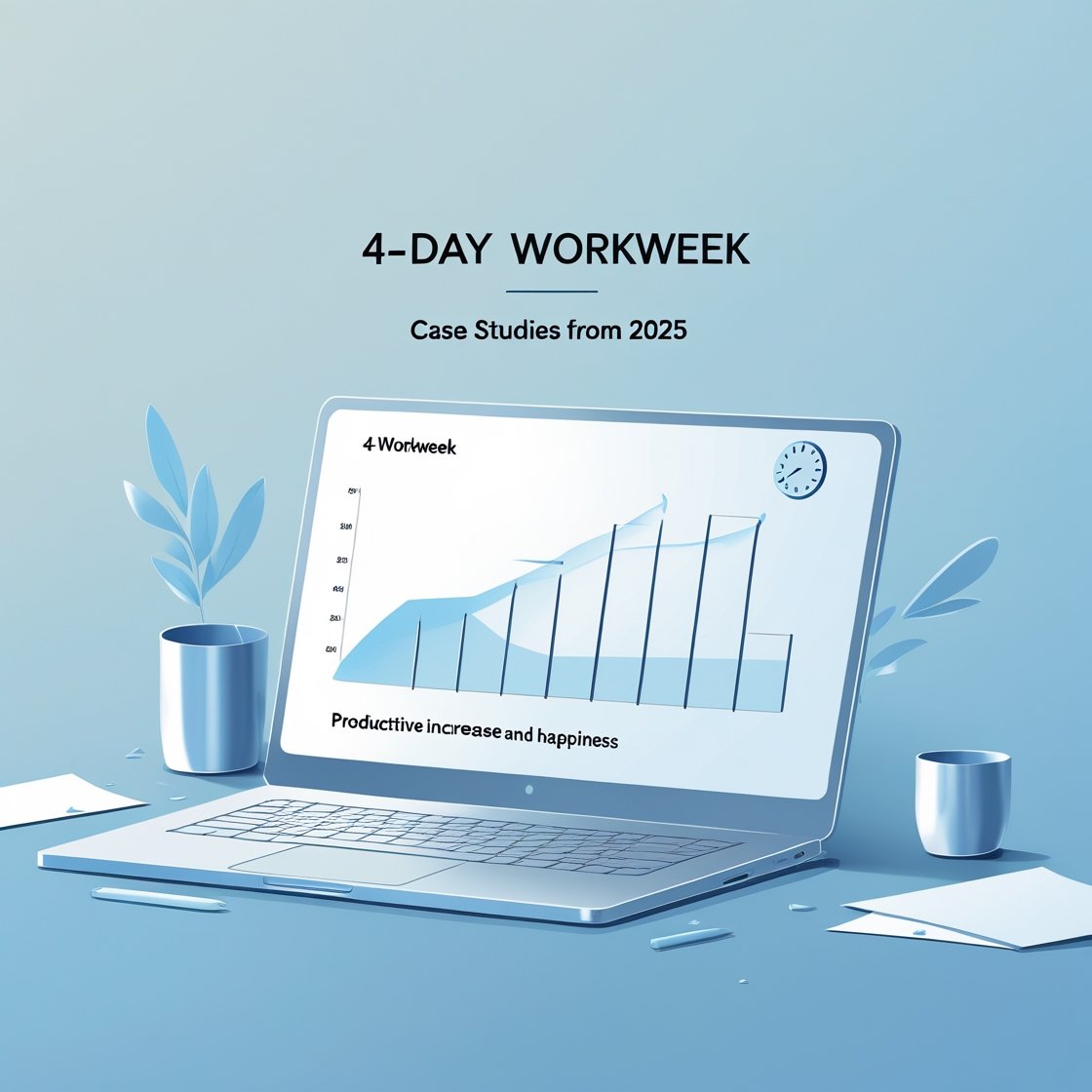Introduction
The traditional 5-day workweek has been the norm for over a century, but growing demands for work-life balance, productivity improvements, and employee well-being are challenging this model. By 2025, the 4-day workweek has moved from a radical experiment to a viable business strategy.
Several high-profile companies and governments have adopted this model, reporting higher productivity, improved employee satisfaction, and even cost savings. But is this trend sustainable, or just a passing fad?
In this article, we’ll examine:
- The evolution of the 4-day workweek
- Key case studies from 2025
- Measured benefits and challenges
- Predictions for the future of work
The Rise of the 4-Day Workweek
The concept of a shorter workweek isn’t new—economist John Maynard Keynes predicted in 1930 that technological advancements would lead to a 15-hour workweek. While that hasn’t happened (yet), the idea of a 4-day workweek gained momentum after successful trials in Iceland (2015-2019) and Microsoft Japan’s 2019 experiment, which saw a 40% productivity boost.
By 2025, the shift has accelerated due to:
- Post-pandemic workplace flexibility demands
- AI and automation reducing repetitive tasks
- Proven productivity gains from pilot programs
Case Studies from 2025
1. Tech Giant: Google’s “Flex-4” Initiative
After smaller startups led the way, Google rolled out a 4-day workweek with no pay cuts in early 2025. Early results show:
- 23% increase in employee satisfaction
- 15% faster project completion rates
- Reduced burnout and attrition
However, some teams reported coordination challenges with global offices still on a 5-day schedule.
2. Government Adoption: Spain’s Nationwide Pilot
Spain became the first European country to mandate a 4-day workweek trial for over 200 companies in 2024. By 2025, data revealed:
- 85% of employees reported better mental health
- No drop in GDP in participating sectors
- 20% decline in absenteeism
Critics argue that small businesses struggled with implementation, raising questions about scalability.
3. Manufacturing: Toyota’s Shift in Germany
Even in traditionally rigid industries, change is happening. Toyota’s German plants adopted a 4-day, 32-hour week with surprising outcomes:
- Higher factory output due to reduced fatigue
- Lower energy costs from fewer operating days
- 15% rise in job applications
This case proves that even shift-based industries can adapt.
Benefits of the 4-Day Workweek
- Higher Productivity – Employees focus better in condensed hours.
- Improved Well-being – More time for family, hobbies, and rest.
- Environmental Gains – Fewer commutes mean lower carbon emissions.
- Talent Attraction – Companies offering shorter weeks see 50% more applications (2025 LinkedIn data).
Challenges & Criticisms
❌ Not All Industries Can Adapt – Healthcare, retail, and emergency services face hurdles.
❌ Potential Pay Cuts – Some firms reduce hours and salaries, sparking backlash.
❌ Customer Service Gaps – Clients may expect 5-day availability.
Will the 4-Day Workweek Go Fully Mainstream?
Experts predict that by 2030, 30-40% of knowledge-based jobs will adopt a 4-day week. However, widespread adoption depends on:
- Government policies (tax incentives, labor law reforms)
- Tech advancements (AI handling routine tasks)
- Cultural shifts (moving away from “hours worked = productivity”)
Conclusion
The 4-day workweek is no longer a fringe idea—2025 has proven it can work across sectors. While challenges remain, the benefits for employees and businesses alike make a compelling case for this model to become the new standard.
Is your company considering the shift? Share your thoughts in the comments!





